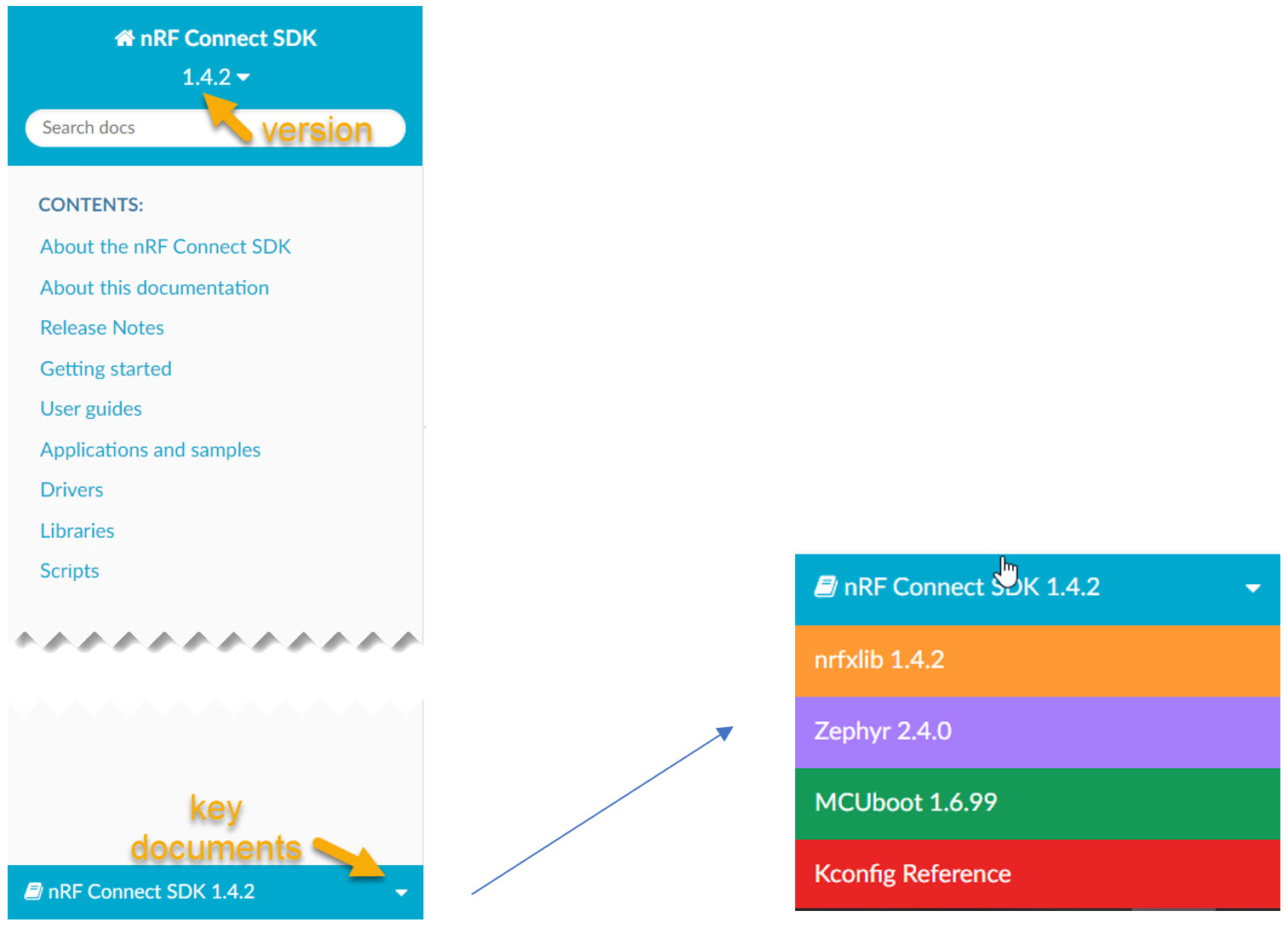Dear Nordic-Support-Team,
I (software developer) work together with an electrical engineer to develop a device, which will incorporate the nRF9160 SiP. The firmware/application development is nearly at its end and the hardware development will start soon. Until now, I developed the application for the nRF9160 DK using the SEGGER Embedded Studio and its features for building and flashing it.
I am aware of the following documentation and have read parts of it:
However, I was not able to get a complete picture of how to port an existing application, which was written for the nRF9160 DK, to a custom hardware incorporating the nRF9160 SiP.
I would really appreciate it if you could provide something like a cheat sheet or checklist containing the necessary steps and pitfalls one has to be aware of when trying to accomplish the aforementioned feat.
Furthermore it would be great if you could tell me which parts of the documentation my colleague has to read to start with the hardware layout. Will the nRF9160 Hardware Design Guidelines be sufficient?
Thank you very much for you help!



